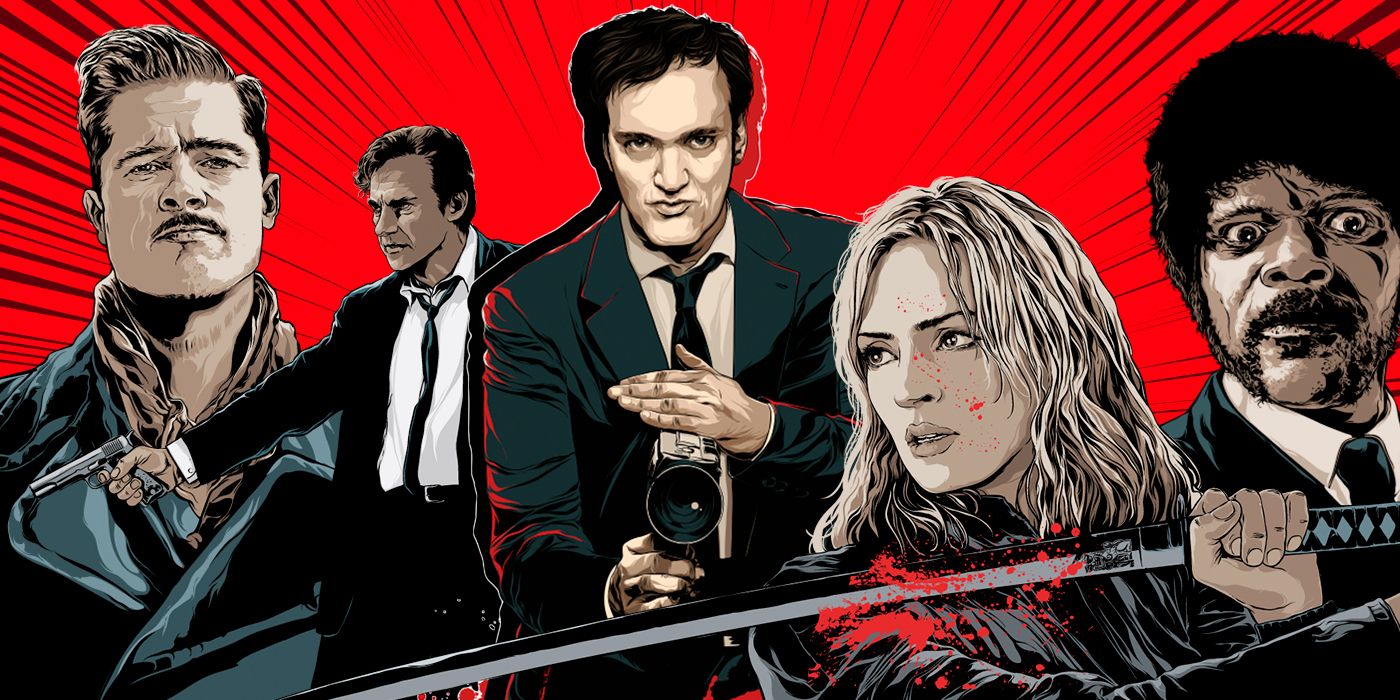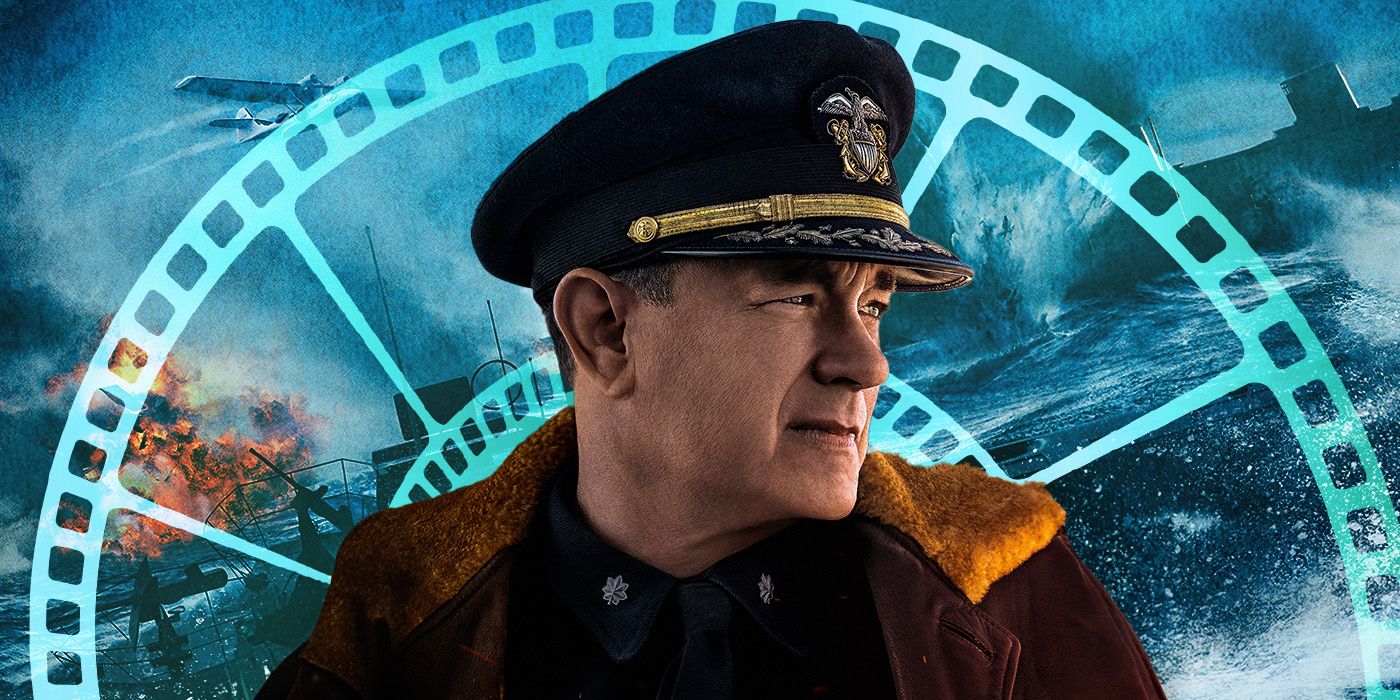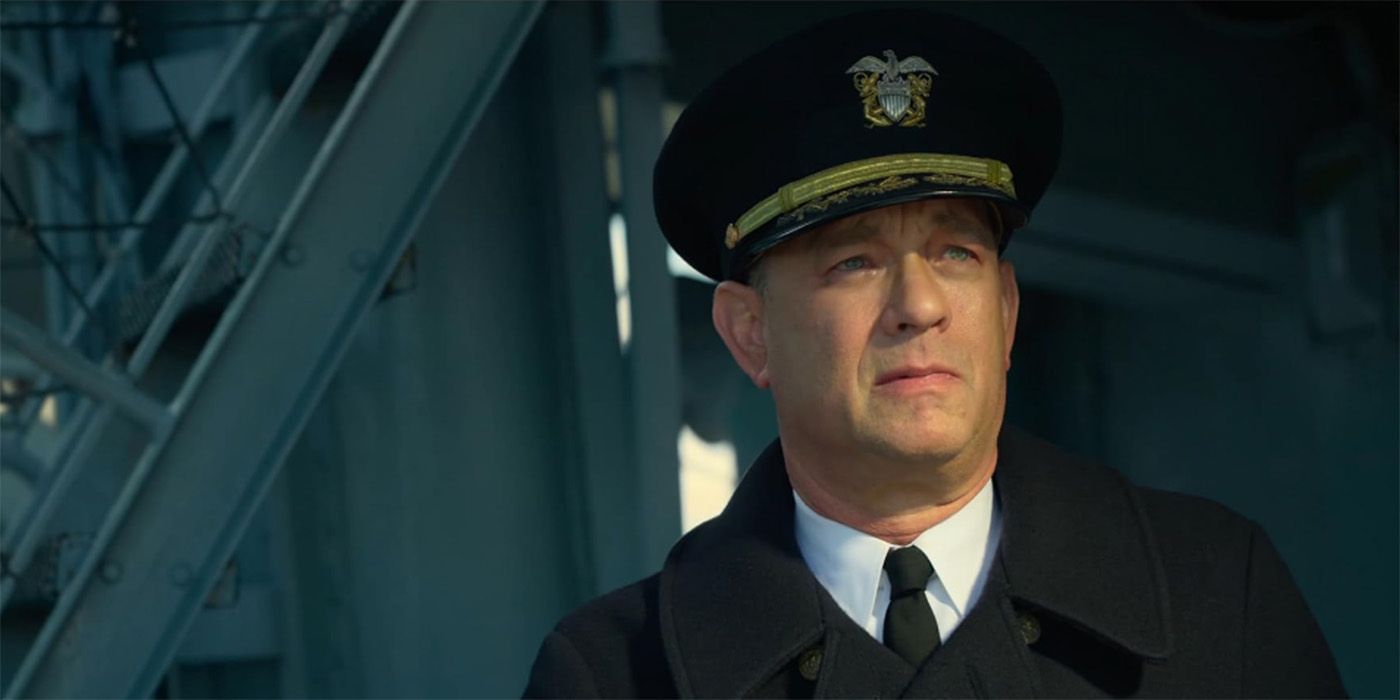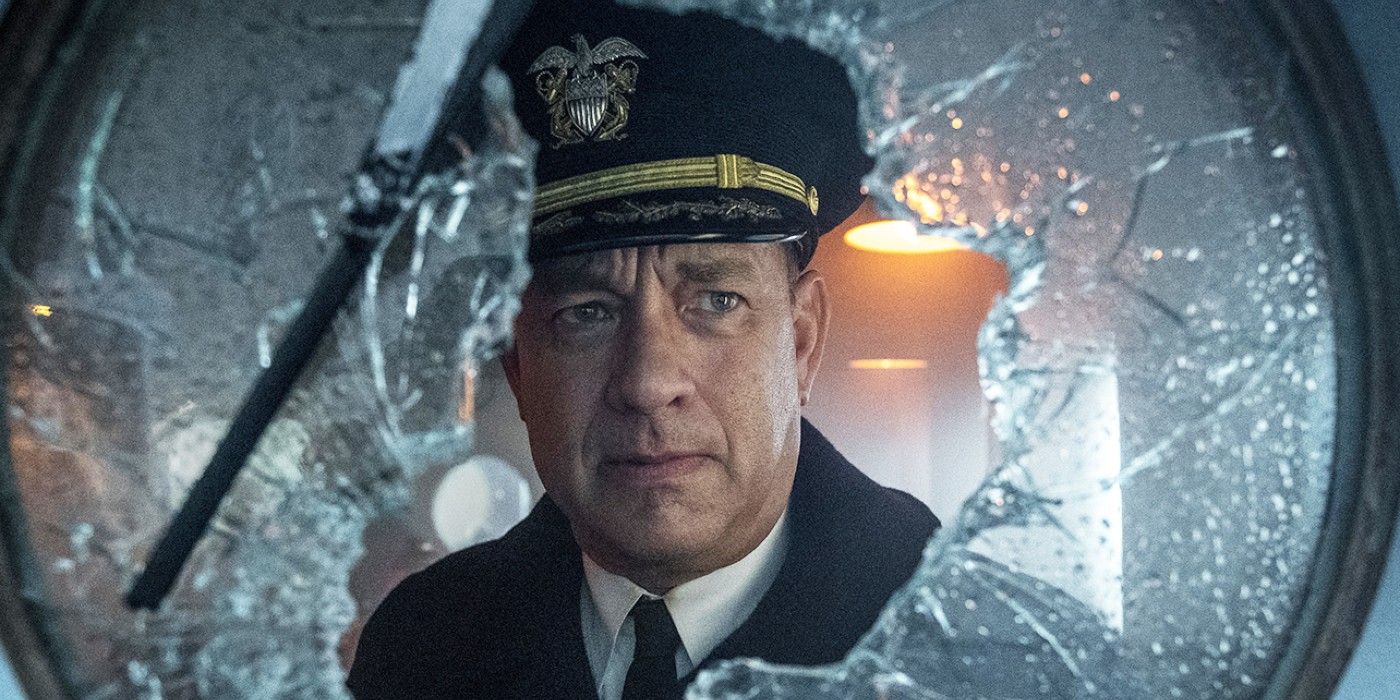The Big Picture
- Tom Hanks's passion for WWII is evident in acclaimed projects like Saving Private Ryan and Band of Brothers.
- Greyhound, based on real stories, depicts the critical Battle of the Atlantic during World War II.
- Despite being a fictionalized story, Greyhound draws inspiration from real WWII events like the U.S.S. Borie battle.
While Hollywood has been making films about the heroes of World War II ever since the conflict’s actual conclusion in 1945, no one in the industry today seems to have more affinity for the era than Tom Hanks. After his acclaimed performance in Steven Spielberg’s World War II epic, Saving Private Ryan, earned him an Academy Award nomination for Best Actor, Hanks returned to the era to produce the acclaimed prestige HBO series, Band of Brothers, as well as its “sister shows,” The Pacific and Masters of the Air.
While crafting accurate, insightful portrayals of the experiences that the Allied veterans went through is clearly one of Hanks’ priorities, one of his most valuable World War II-era projects has sadly been forgotten. Its cultural impact was limited due to a release in the midst of the COVID-19 pandemic, but the historical thriller, Greyhound, draws from history to show the trials and tribulations of the United States Navy.

Greyhound
- Release Date
- July 10, 2020
- Director
- Aaron Schneider
- Cast
- Tom Hanks , Elisabeth Shue , Stephen Graham , Manuel Garcia-Rulfo , Karl Glusman , Lee Norris
- Runtime
- 91
- Main Genre
- Drama
- Writers
- C.S. Forester , Tom Hanks
- Tagline
- The only thing more dangerous than the front lines was the fight to get there.
What Is ‘Greyhound’ About?
Based on the 1955 novel, The Good Shepherd, by naval expert, C. S. Forester, Greyhound explores the efforts by the rookie Naval Commander, Ernest Krause (Hanks), to lead his crew on a dangerous mission during the height of naval combat with the Nazis. In addition to delivering an underrated performance as Krause, Hanks personally wrote the screenplay for Greyhound to ensure its accuracy. While both Greyhound and the novel it was based on are fictional, they’re inspired by real stories of heroism from this period in history. Both Forester and Hanks conducted extensive interviews with World War II historians in order to get the depiction of naval combat as accurate as possible, and the result is a fast-paced thriller that shows the incredible pressure that men like those that inspired Krause were under.
Greyhound takes place only mere months after the Allied forces entered World War II on the insistence of President Franklin D. Roosevelt following the bombing of Pearl Harbor by the Japanese military. The Allied military is desperate to deliver supplies to their forces serving in the Pacific and European theaters of combat, which were depicted in The Pacific and Band of Brothers. Greyhound shows the importance of transatlantic convoys, such as the Fletcher-class destroyer, USS Keeling, that Krause nicknames, “Greyhound.” Krause is assigned a mission in the "Black Pit" of the Mid-Atlantic gap, which is surrounded by heavy resistance from German U-boats.
Although the film is grounded in legitimate historical events, Hanks adds fictionalized elements to Greyhound in order to make his character more compelling. Prior to accepting his command, Krause shares a romantic bond with a woman, Evelyn (Elizabeth Shue), which gives him a strong motivation to return from the war safely. Additionally, Krause’s lack of experience makes him more vulnerable; the other captains serving under his command have been actively fighting for over two years, while Krause is stepping into a leadership position for the first time. Greyhound certainly does not embellish aspects of history in a way that could be deemed disrespectful. Instead, it incorporates dramatic tension through character nuances, which is a majorly important factor found within the best World War II movies.
What Was the Battle of the Atlantic?
While it’s not as frequently depicted in media as one of the more high-profile conflicts in Western Europe, the Battle of the Atlantic was one of the most pivotal campaigns of World War II. The name was dubbed by Winston Churchill, who coined the phrase in a 1941 speech about the importance of shipping supplies to forces in the thick of combat. Churchill is quoted as saying that, the “only thing that ever really frightened me during the war was the U-boat peril.” While this aspect of his life was overlooked in the Academy Award-winning biopic, Darkest Hour, it is of critical importance in Greyhound. Without supplies delivered by ships like the USS Keeling, the Allied forces would have been depleted of their resources and ultimately unsuccessful in turning the tide of the war.
In order to deliver these supplies by the fastest means possible, the Allied forces began to rely on merchant ships that were under the protection of naval vessels like the USS Keeling. Unfortunately, the Axis powers held an early advantage during this stage of the war because their powerful U-boats were able to form “wolf packs” that hunted down and destroyed the merchants’ ships through submarine warfare. An estimated 90 ships and over 1,000 seamen were killed during the first two years of the campaign, which reinforced the importance of Allied vessels destroying German U-boats before they had the chance to fire their weapons.

The WWII Movie That Ripples Through Quentin Tarantino’s Filmography
It definitely makes sense that Tarantino has called this war movie one of his favorites.‘Greyhound’ Was Based on a Real Battle
Despite ostensibly being a work of fiction, Greyhound draws direct inspiration from a real battle from 1943. After the German U-boat, U-405, edged closer to merchant ships carrying supplies, the Allied vessel, U.S.S. Borie, rammed into the ship and engaged in close quarters combat. Amid a hectic ten-minute conflict, the crew of the U.S.S. Borie had to work incredibly quickly to destroy all the critical weapons systems that the Germans had at their disposal. Although the U.S.S. Borie was ultimately retired from duty a day later, it was successful in destroying U-405 and protecting the supply route from impending attacks. This mirrors the ending of Greyhound, in which Krause’s ship successfully sinks several U-boats before being refitted for active duty in Derry.
While it certainly stands as a more accurate depiction of naval combat than what is often seen in war films, Greyhound was largely slept upon during its initial debut. Despite being planned for a wide theatrical release, the film was distributed on Apple TV+ due to increased theatrical shutdowns. While viewers may not have been able to see it in the best possible format, perhaps the film’s upcoming sequel might take advantage of a theatrical release.
Greyhound is available to watch on Apple TV+ in the U.S.



